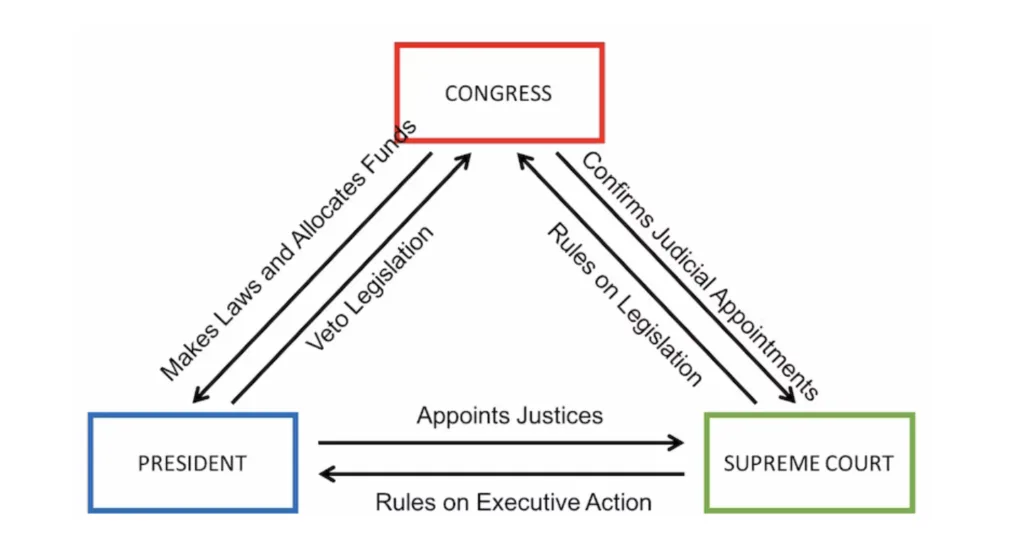How to Manage Acute Pain Episodes and Cope with Chronic Pain
Learn effective strategies to manage acute pain episodes and cope with chronic pain. Discover practical tips, treatment options, and lifestyle changes that can help improve your quality of life and reduce pain-related challenges.

Pain, whether acute or chronic, can be one of the most challenging and disruptive experiences that a person can face. Acute pain typically occurs as a result of injury or a medical condition and tends to be temporary, while chronic pain persists over a longer period, often lasting for months or even years. Understanding how to manage acute pain episodes and cope with chronic pain can significantly improve a person’s quality of life, helping them regain control over their daily activities. In this blog, we will explore various strategies for managing both acute and chronic pain, with a brief mention of how medications like Aspadol 100 mg (tapentadol) can play a role in pain relief.
What is Acute Pain?
Acute pain is a type of pain that comes on suddenly, typically as a response to a specific injury, surgery, or medical condition. It serves as a protective mechanism to alert the body to potential harm or damage. Acute pain is usually short-lived and improves as the underlying cause heals. Examples of acute pain include:
- Injuries: Broken bones, sprains, cuts, and burns
- Surgical Procedures: Post-operative pain following surgeries
- Medical Conditions: Pain caused by infections, kidney stones, or a heart attack
Despite its temporary nature, acute pain can be severe and distressing. Immediate and effective pain management is essential to minimize suffering and support the healing process.
How to Manage Acute Pain Episodes
When dealing with acute pain, it's important to act quickly and effectively. Here are some strategies to help manage acute pain:
1. Rest and Elevation
Resting the injured area and keeping it elevated (if applicable) can reduce swelling and promote healing. For example, if you’ve sprained your ankle, resting and elevating the leg can prevent further damage and reduce discomfort.
2. Cold and Heat Therapy
Cold compresses are excellent for reducing inflammation and numbing the area, providing immediate relief from acute pain. Heat therapy, on the other hand, can help relax tense muscles and increase blood flow, promoting healing. A warm compress or heating pad can be used after the initial swelling has gone down.
3. Over-the-Counter Pain Relievers
For mild to moderate acute pain, over-the-counter (OTC) pain relievers such as ibuprofen, acetaminophen, or aspirin can help alleviate discomfort. These medications work by reducing inflammation or blocking pain signals to the brain. However, it’s important to follow the recommended dosages and consult with a healthcare provider if pain persists.
4. Aspadol 100 mg (Tapentadol)
For more intense or severe acute pain, medications like Aspadol 100 mg (tapentadol) can be prescribed. Tapentadol is an opioid analgesic that works by binding to opioid receptors in the brain and spinal cord, effectively blocking pain signals. Additionally, it helps reduce the perception of pain while providing relief from discomfort.
It is important to note that while Aspadol 100 mg can be highly effective for acute pain management, it should only be used under the guidance of a healthcare provider due to its potential for dependence and side effects. Always adhere to prescribed dosages and avoid overuse.
5. Physical Therapy and Rehabilitation
In some cases, acute pain may require physical therapy, especially after surgery or an injury. A physical therapist can help you regain mobility, strengthen muscles, and reduce pain through targeted exercises and treatments. Engaging in physical therapy can be an important part of the recovery process.
What is Chronic Pain?
Chronic pain is persistent pain that lasts for months or even years, often as a result of an ongoing condition or injury that never fully heals. It can be caused by various factors, including:
- Arthritis: Inflammation of the joints
- Back Pain: Pain from the spine or surrounding tissues
- Fibromyalgia: Widespread musculoskeletal pain
- Neuropathy: Nerve damage that causes pain
- Cancer: Tumors pressing on surrounding tissue
Chronic pain can be physically and emotionally draining, and it can interfere with daily activities, work, and relationships. Unlike acute pain, which tends to subside once the underlying issue heals, chronic pain requires long-term management.
How to Cope with Chronic Pain
Managing chronic pain often requires a combination of strategies to address both the physical and psychological aspects of pain. Here are some approaches to help cope with chronic pain:
1. Pain Medication
Just like acute pain, chronic pain may require medication. For mild to moderate chronic pain, over-the-counter medications can be effective. However, for more severe or persistent pain, stronger prescription medications like Aspadol 100 mg (tapentadol) may be necessary. As an opioid analgesic, tapentadol can help alleviate both acute and chronic pain by targeting pain receptors in the brain and spinal cord.
It is crucial to balance the use of pain medication with other coping strategies to minimize the risks of long-term dependence. Always consult a healthcare provider for a tailored pain management plan.
2. Physical Activity and Exercise
Though it may seem counterintuitive, regular physical activity can be one of the most effective ways to manage chronic pain. Low-impact exercises such as swimming, walking, and yoga can help strengthen muscles, improve flexibility, and reduce pain levels over time. Exercise also stimulates the release of endorphins, the body’s natural pain relievers.
3. Mind-Body Techniques
Chronic pain often has a psychological component. Techniques such as mindfulness, meditation, deep breathing exercises, and cognitive behavioral therapy (CBT) can help individuals manage the mental and emotional toll of chronic pain. Reducing stress and anxiety can also help reduce pain sensitivity and improve overall well-being.
4. Diet and Nutrition
Maintaining a healthy diet is essential for managing chronic pain. Anti-inflammatory foods, such as leafy greens, fish, and nuts, can help reduce inflammation and pain. Conversely, processed foods and sugary snacks can exacerbate pain and inflammation. Working with a dietitian to develop a personalized nutrition plan can be beneficial.
5. Alternative Therapies
Complementary treatments like acupuncture, chiropractic care, and massage therapy can provide relief for chronic pain sufferers. These therapies focus on realigning the body, improving circulation, and alleviating muscle tension. While they may not eliminate pain entirely, they can help reduce the intensity and frequency of flare-ups.
Conclusion
Managing both acute and chronic pain requires a multifaceted approach that addresses the underlying causes of pain and provides relief through a combination of therapies and treatments. Acute pain episodes can be managed with rest, medication, cold and heat therapy, and physical therapy. Chronic pain, on the other hand, often requires a long-term management plan that includes medication, exercise, psychological techniques, and lifestyle changes.
Medications like Aspadol 100 mg (tapentadol) can play an important role in managing both acute and chronic pain. Tapentadol helps to block pain signals and provide relief, allowing individuals to function more comfortably throughout their day. However, it’s crucial to use such medications with caution and under the guidance of a healthcare professional.
By combining appropriate treatments, lifestyle changes, and a proactive approach to managing pain, individuals can regain control of their lives and improve their overall quality of life.
What's Your Reaction?




















